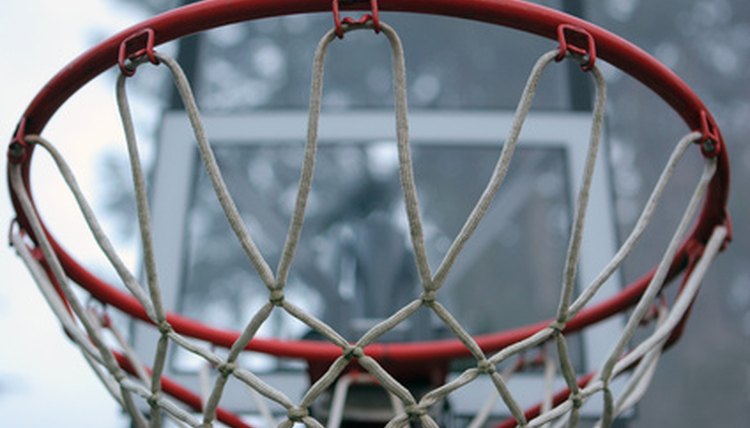NBA Basketball Rules: Overtime and Team Foul Rules

In the NBA, the most exciting regular season or playoff games are ones that go into Overtime. Overtime exists in many sports but there are many key differences between the NBA’s overtime and other sports overtimes. One of these key differences is the rule changes between the NBA’s regulation play and its overtime play.
What are the NBA Overtime Rules?
Overtime periods are five minutes long with possession of the ball being determined by a jump ball at half court. High school basketball is different in that they have a four minute overtime period.
Overtime periods will continue to be played until one team scores more points than the other and wins the game. Unlike a regulation NBA game, there are no half times and outside of a minor break, they are played consecutively.
Each team gets two twenty-second timeouts at the start of each overtime period, this is different from NCAA which gets only one 75-second timeout plus residuals from the regular play. However, this is the only major difference between professional and college basketball rules.
These timeouts are usually saved to advance the ball to the sideline for an inbounds play, late in the game.
There is no limit on the number of substitutions a team can make.
What are the NBA Overtime Foul Rules?
Just as there are rules pertaining to personal and team fouls in regulation time, there are also rules for fouls in overtime periods.
The number of team fouls does not carry over from previous overtime periods
According to the NBA rulebook, the number of player fouls and technical fouls carry over from regulation play and previous overtime periods. If a player has a technical from regulation and gets another one, or a high enough flagrant foul, ejection will occur. If a player reaches six total personal fouls on their foul count from all periods, they will foul out.
A team has three defensive fouls or offensive fouls to give before each subsequent foul results in the opposing team shooting from the free throw line. The rule of a illegal contact on a field goal will still result in f
At the two minute mark in an overtime period, if a team has not yet reached the three-foul limit, they are allowed only one common foul; if a second foul is committed, free throws are awarded to the offensive player, or defensive player, that was fouled. If they had already reached the bonus, this does not apply and nothing changes
What is the longest NBA Overtime?'
The longest NBA overtime period in NBA history is a six overtime game between the Indianapolis Olympians and the Rochester Royals. This game took 78 regulation minutes to complete the game and ended in a 75-73 win for the Olympians. However a 1981 NCAA game between Bradley and Cincinnati took seven overtimes to complete.
References
Writer Bio
Bryan Cohen has been a writer since 2001 and is a graduate of the University of North Carolina at Chapel Hill with a double degree in English and dramatic art. His writing has appeared on various online publications including his personal website Build Creative Writing Ideas.
